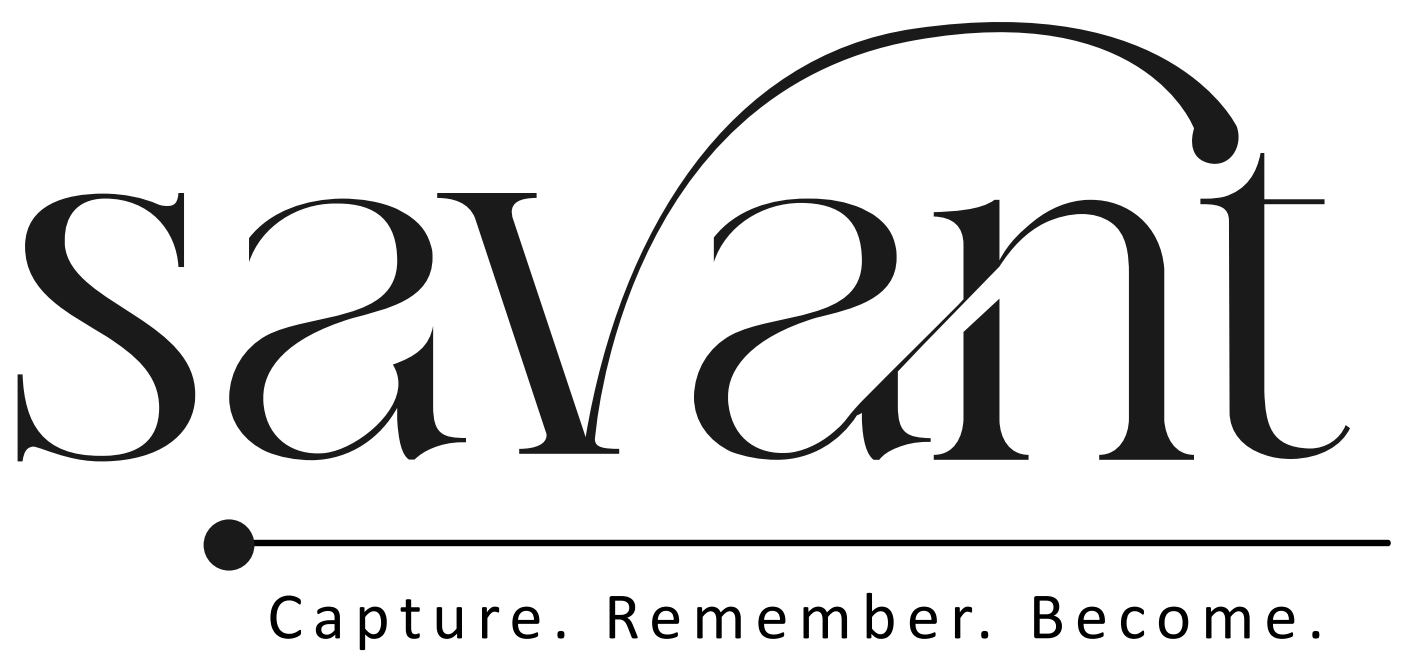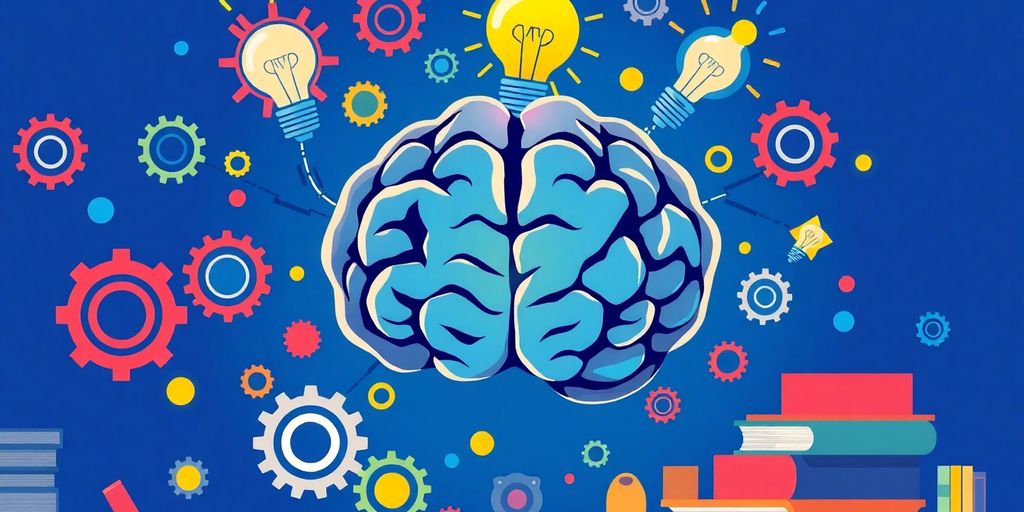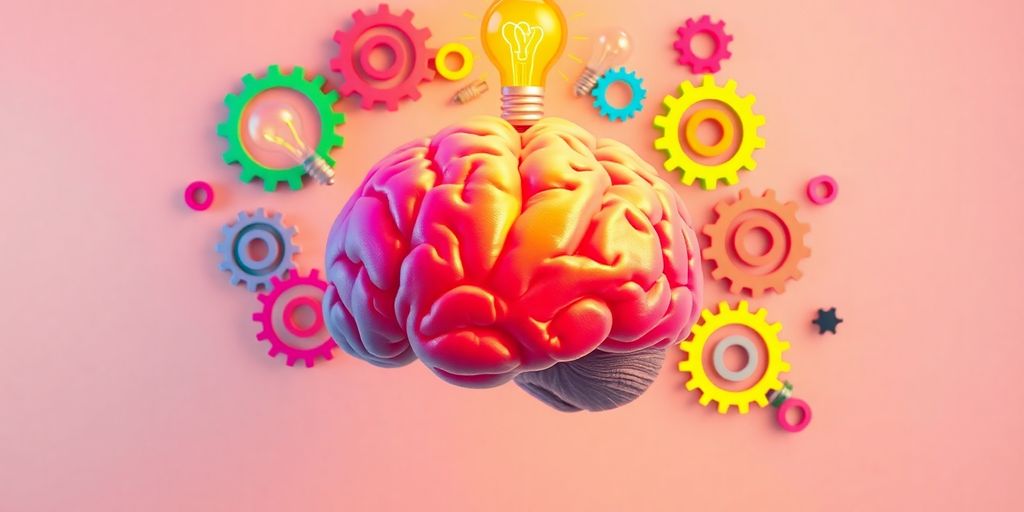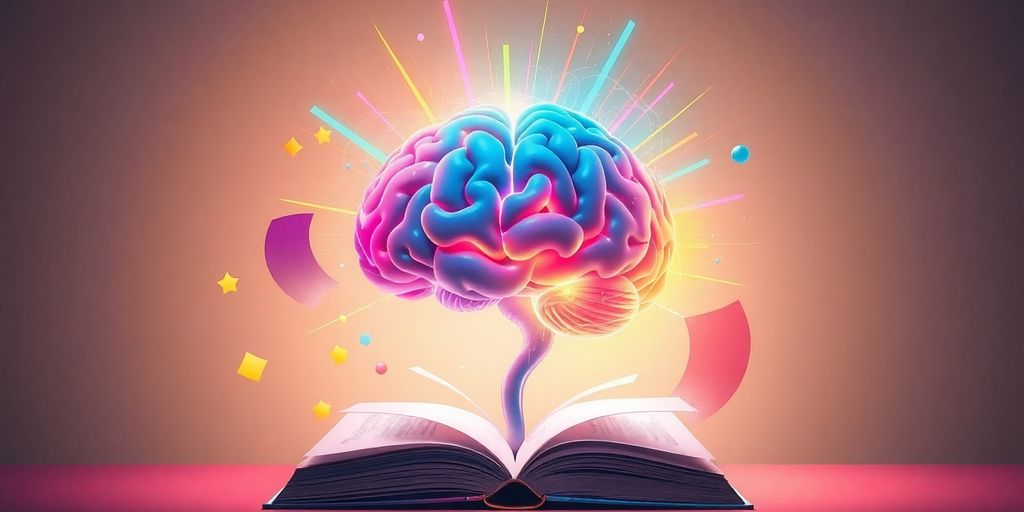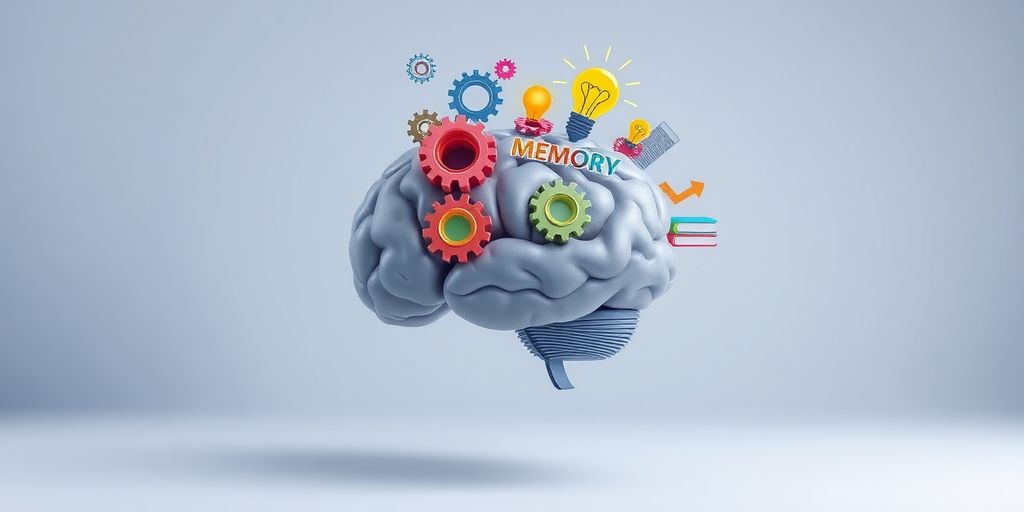Ever wondered why some things stick in your memory while others fade away? It’s all about how you approach learning and retention. Whether you’re a student cramming for exams or a professional trying to keep up with industry trends, understanding how to retain information can make a huge difference. This article dives into strategies that can help boost your memory and keep information fresh in your mind. Let’s explore how you can improve your retention and make learning more effective.
Key Takeaways
- Repetition is key. Going over material multiple times helps cement it in your memory.
- Break information into chunks. Smaller pieces are easier to remember.
- Test yourself regularly. Quizzes and tests can improve your recall ability.
- Use different learning styles. Mix visuals, audio, and hands-on techniques.
- Stay motivated and interested. Engaging with the material makes it more memorable.
Understanding the Basics of Memory Retention
How Memory Works
Memory is like your brain’s filing system. It stores, organizes, and retrieves information when you need it. There are different types of memory, like short-term and long-term. Short-term memory holds information temporarily, like when you remember a phone number just long enough to dial it. Long-term memory is where you store things for the long haul, like your best friend’s birthday or how to ride a bike. Understanding how these systems work can help you improve your memory retention.
Factors Affecting Retention
Several things can affect how well we remember stuff. Stress, sleep, and even our interest in the topic can play a big role. When you’re stressed or tired, your brain isn’t as good at holding onto new information. On the flip side, if you’re really into what you’re learning, you’re more likely to remember it. Here are some key factors:
- Interest and Motivation: The more interested you are in a subject, the better you’ll remember it.
- Sleep Quality: Good sleep helps consolidate memories, making them easier to recall.
- Stress Levels: High stress can interfere with your brain’s ability to store and retrieve information.
The Importance of Retention in Learning
Retention is super important because it means you can actually use what you learn. If you just learn something and forget it, what’s the point, right? Retention helps you build on what you know, making it easier to learn new things. It’s like stacking blocks; each piece of knowledge supports the next. Plus, being able to recall information boosts your confidence and motivation to keep learning.
Retaining what you learn isn’t just about memorizing facts—it’s about keeping knowledge handy so you can apply it whenever you need to. Whether it’s in school, at work, or just in everyday life, being able to remember and use what you’ve learned is a big deal.
Effective Techniques for Enhancing Retention
The Power of Repetition and Practice
Repetition is like the bread and butter of learning. You know how when you hear a catchy song a few times, it just sticks in your head? That’s repetition at work. Regular practice helps cement information in your brain, making it easier to recall later. Try spreading out your practice sessions over time instead of cramming. This technique, known as spaced repetition, helps reinforce what you’ve learned without overwhelming your brain.
Utilizing Chunking for Better Memory
Ever feel like your brain is about to explode from too much information? That’s where chunking comes in handy. By breaking down complex info into smaller, bite-sized pieces, you make it easier for your brain to digest. Think of it like organizing your closet – you wouldn’t just throw everything in a pile, right? Instead, you group similar items together. Similarly, chunking helps you manage and remember information more effectively.
Incorporating Retrieval Practice
Retrieval practice is all about pulling information from your memory, rather than just reading it over and over. This could be through quizzes, flashcards, or even just trying to recall what you learned without looking at your notes. It might feel a bit challenging at first, but that’s a good thing! Struggling to remember something actually strengthens your memory. So, next time you’re studying, give retrieval practice a shot.
Embracing these techniques not only makes learning more manageable but also more effective. By using methods like repetition, chunking, and retrieval practice, you’re setting yourself up for success in remembering and applying what you’ve learned.
Leveraging Multi-Modal Learning for Improved Retention

When it comes to learning, one size definitely doesn’t fit all. Using different methods can really boost how well we remember things. This is where multi-modal learning comes in. It’s all about mixing up your learning styles to cater to various preferences and improve retention.
Visual Aids and Their Impact
Visual aids are a game changer. Whether it’s charts, graphs, or infographics, they help to clarify and reinforce concepts. Here’s how they can help:
- They break down complex information into digestible bits.
- They create associations that make it easier to recall information later.
- They engage those who learn best through sight, making learning more inclusive.
The Role of Audio and Kinesthetic Learning
Don’t forget about audio and hands-on experiences! Some people absorb information better when they hear it or physically engage with it. Here’s why:
- Listening to lectures or podcasts can reinforce learning through auditory channels.
- Kinesthetic activities, like simulations or role-playing, allow learners to practice what they’ve learned in a real-world context.
- Mixing these methods keeps things interesting and caters to diverse learning styles.
Combining Different Learning Styles
The beauty of multi-modal learning is in its flexibility. Here’s how to make it work:
- Identify your preferred learning style and try to integrate others.
- Use a mix of visual, auditory, and kinesthetic methods in your study routine.
- Regularly switch up your methods to keep your brain engaged and prevent monotony.
By experimenting with various learning styles, you not only improve your retention but also make the learning experience more enjoyable.
In conclusion, leveraging multi-modal learning can significantly enhance retention. It’s all about finding what works best for you and mixing it up to keep things fresh.
For more insights on this subject, check out the emerging trends in multimodal learning.
Active Engagement Strategies to Boost Retention
Interactive Learning Techniques
Getting involved in what you’re learning can really make it stick. Think about how much more you remember when you’ve had a chance to actually do something with that information. Interactive learning is all about that. It’s engaging and keeps your brain buzzing. You can try group discussions, role-playing, or even hands-on activities. These methods don’t just make learning fun, they actually help you understand and remember better.
Real-World Application of Knowledge
Ever noticed how you remember things better when they relate to your daily life? That’s the magic of applying what you learn to real-world situations. When you see how your new skills can be used in everyday scenarios, it just clicks. It’s like the difference between reading about swimming and actually jumping in the pool. Try to find ways to connect what you’re learning to real tasks or problems. This approach not only makes learning more relevant but also boosts retention by embedding it in a practical context.
The Benefits of Teaching Others
Teaching might sound like a daunting task, but it’s a fantastic way to reinforce what you’ve learned. When you explain a concept to someone else, you have to really know your stuff. This process helps you to internalize the information and spot any gaps in your understanding. Plus, by sharing your knowledge, you’re not just helping others, you’re solidifying your own learning. Next time you learn something new, try discussing it with a friend or colleague, or even just explaining it to yourself out loud.
Active engagement isn’t just about doing more; it’s about making learning a part of your daily routine. This way, it becomes second nature and less of a chore.
Creating a Supportive Learning Environment
The Role of Motivation and Interest
Let’s be real, if you’re not interested in what you’re learning, it’s like trying to run a marathon in flip-flops—awkward and painful. Motivation is the secret sauce that makes learning not just bearable, but actually enjoyable. When learners are motivated, they engage more deeply and retain more information. To boost motivation, connect learning materials to real-life scenarios that matter to the learners. It’s also important to recognize achievements, no matter how small, to keep the momentum going.
Building a Positive Learning Culture
Creating a positive learning culture is like planting a garden. You need the right conditions for growth. Encourage a culture where questions are welcome and mistakes are seen as stepping stones to success. This kind of environment fosters collaboration and innovation. A positive learning culture isn’t just about being nice; it’s about creating a space where everyone feels safe to explore and experiment without fear of judgment.
Providing Continuous Feedback and Support
Feedback is like the GPS for your learning journey. Without it, you might end up lost or going in circles. Regular, constructive feedback helps learners understand their progress and identify areas for improvement. Timely feedback is crucial, and it should be a two-way street, allowing learners to express their thoughts and concerns. Support doesn’t end with feedback; providing resources like study guides, mentors, or online forums can help learners feel supported and connected.
Innovative Tools and Resources for Retention
In today’s fast-paced world, keeping up with new information can be a challenge. Luckily, there are some pretty awesome tools out there to help boost your learning retention. Let’s dive into some of these game-changers.
Digital Platforms and Apps
Digital platforms and apps are like your personal learning assistants. They keep you organized and on track. Whether it’s a calendar app to remind you of study sessions or a task list app to keep your assignments in check, these tools can make a huge difference. Staying organized is half the battle when it comes to learning. For a comprehensive list of tools designed to enhance educational effectiveness, check out this article that highlights the top 20 resources.
Gamification in Learning
Who says learning can’t be fun? Gamification adds a playful twist to education by incorporating elements like points, badges, and leaderboards. This not only makes learning more engaging but also motivates you to keep going. Imagine leveling up in a game – that’s the kind of excitement gamification brings to the table.
Utilizing Microlearning Modules
Microlearning is all about breaking down information into bite-sized chunks. It’s like snacking on knowledge instead of devouring a full meal at once. This method is perfect for those with a busy schedule or a short attention span. Plus, it helps reinforce learning by revisiting concepts regularly without overwhelming you.
"The right tools can transform the way we learn, making it not just more effective, but also more enjoyable."
Incorporating these innovative tools into your learning routine can make a world of difference. They’re not just about making learning easier – they’re about making it stick.
Personalizing Learning for Maximum Retention
Adapting to Individual Learning Styles
When it comes to learning, one size definitely doesn’t fit all. Everyone has their own way of picking up new information. Some folks are visual learners, while others might be more hands-on. Understanding your style can make a huge difference in how well you remember stuff. It’s like knowing if you like your coffee black or with a splash of cream. When you tailor your learning to fit your style, everything just clicks better.
Setting Personal Learning Goals
Setting goals is like setting your GPS before a road trip. You need to know where you’re headed to make the journey meaningful. Personal learning goals help you focus on what really matters to you. They give you something to aim for and make it easier to track your progress. It’s motivating to see how far you’ve come, and it keeps you moving forward.
Tracking Progress and Adjusting Strategies
Keeping tabs on your progress is key. You wouldn’t just wing it without checking the map every now and then, right? Tracking your learning helps you see what’s working and what’s not. If something isn’t clicking, you can tweak your approach. Maybe try a different method or switch up your study routine. Adjusting your strategies ensures that you’re always moving in the right direction.
Personalized learning is all about focusing on what works best for you. By understanding your unique needs and interests, you can make learning more effective and enjoyable. It’s not just about hitting the books; it’s about making the process work for you.
For more insights on how personalized learning can be tailored to your unique needs, check out this learner-centric approach in learning and development.
Wrapping It Up
So, there you have it! Boosting your memory and making learning stick isn’t just for those with a photographic memory. It’s all about finding what clicks for you. Whether it’s breaking things down into bite-sized pieces, using visuals, or just practicing a bit more, there’s a strategy out there that can help. Remember, it’s okay to try different things and see what works best. The key is to keep at it and not get discouraged. With a little patience and persistence, you’ll be amazed at how much you can remember and learn. Keep experimenting, and happy learning!
Frequently Asked Questions
What is memory retention?
Memory retention is how well you can remember and use information you’ve learned over time. It’s important because it helps you apply what you know to new situations.
How does repetition help with memory?
Repetition strengthens memory by helping your brain make connections. The more you practice something, the easier it is to remember.
What is chunking and how does it help?
Chunking is breaking down big pieces of information into smaller parts. This makes it easier to understand and remember.
Why is retrieval practice important?
Retrieval practice involves recalling information, like during a quiz. It helps strengthen your memory by making you actively think about what you’ve learned.
How can visual aids improve learning?
Visual aids like pictures and charts help you understand and remember information better by showing it in different ways.
What are some ways to create a good learning environment?
A good learning environment is supportive and motivating. It includes clear goals, positive feedback, and a culture that encourages curiosity and learning.
